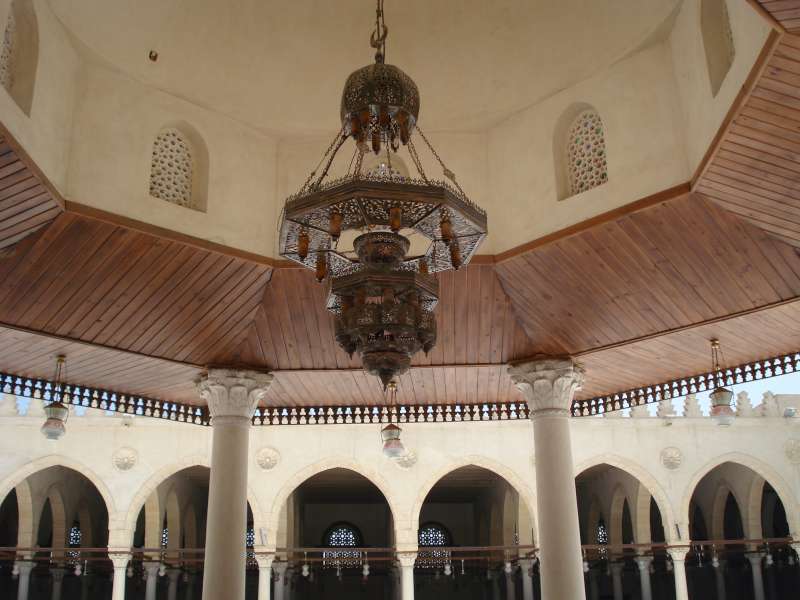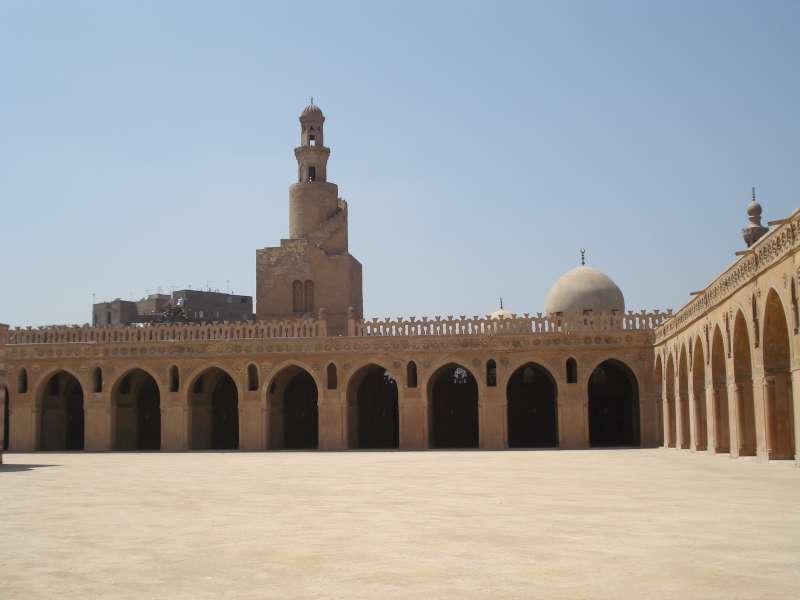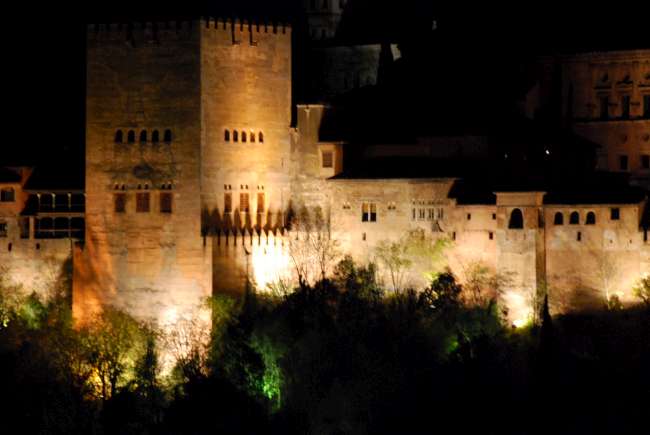
World Monument Photography
October 12, 2025
Mosque Amr ibn Al-As is the first mosque built in Egypt and the entire continent of Africa. It was built by Amr ibn Al-As in 642 AD. Its style was similar to that of the first mosque in Medina and was expanded and renovated over the years. The last renovation was completed in 2006 AD. It is still used and is usually completely packed for Friday prayers.

Amr ibn Al-As was one of the contemporaries of the Prophet Muhamm read more
Mosque Ahmad ibn Tulun is the oldest and largest mosque in Cairo to survive in its original form. Its total area measures 6.5 acres. The mosque was commissioned by Ahmad ibn Tulun during the Abbasid area of the Islamic Empire in 876 AD and was completed in 879 AD. It was built large enough to house ibn Tulun’s entire army. The mosque was constructed on a small hill called Gebel Yashkur, or “Hill of Thanksgiving.” One legend claims that this was the hill that Noah’s Ark came to rest.
Ahmad ibn Tulun was born in Baghdad in Ramadan 220 AH (September 835 AD). His father was a Turkic slave that was sent as tribute by the governor of Bukhara to the Abassid Caliph Al-Ma’mun. Turkish slaves were recruited by the Caliph to serve in the army. Tulun rose through the ranks until he became the Caliph’s private guard.

Later on, the family moved to Samarra in 850, and ibn Tulun received his military and religious read more
Granada is the best known Andalucian city for its Muslim legacy. After the fall of the Almohads, Andalucia disintegratred into Taifa kingdoms once again. After the Christian conquest of Kingdoms of Cordoba and Seville, the last remaining kingdom was Granada. To secure its survival, the Kingdom of Granada aided the Castilian kingdom in its siege of Seville in 1248. For 250 years, the Kingdom of Granada held on at the brink of extinction, but finally fell in 1492.

After the fall of the Caliphate of Cordoba, Granada became an independent kingdom in 1031 under the Zirid ruler Zawl. By 1200, it was the 5th largest city in the Iberian peninsula. In 1248, the Zirid dynasty was overthrown and the Nasrid dynasty began. Their first act was to aid the Castilia read more